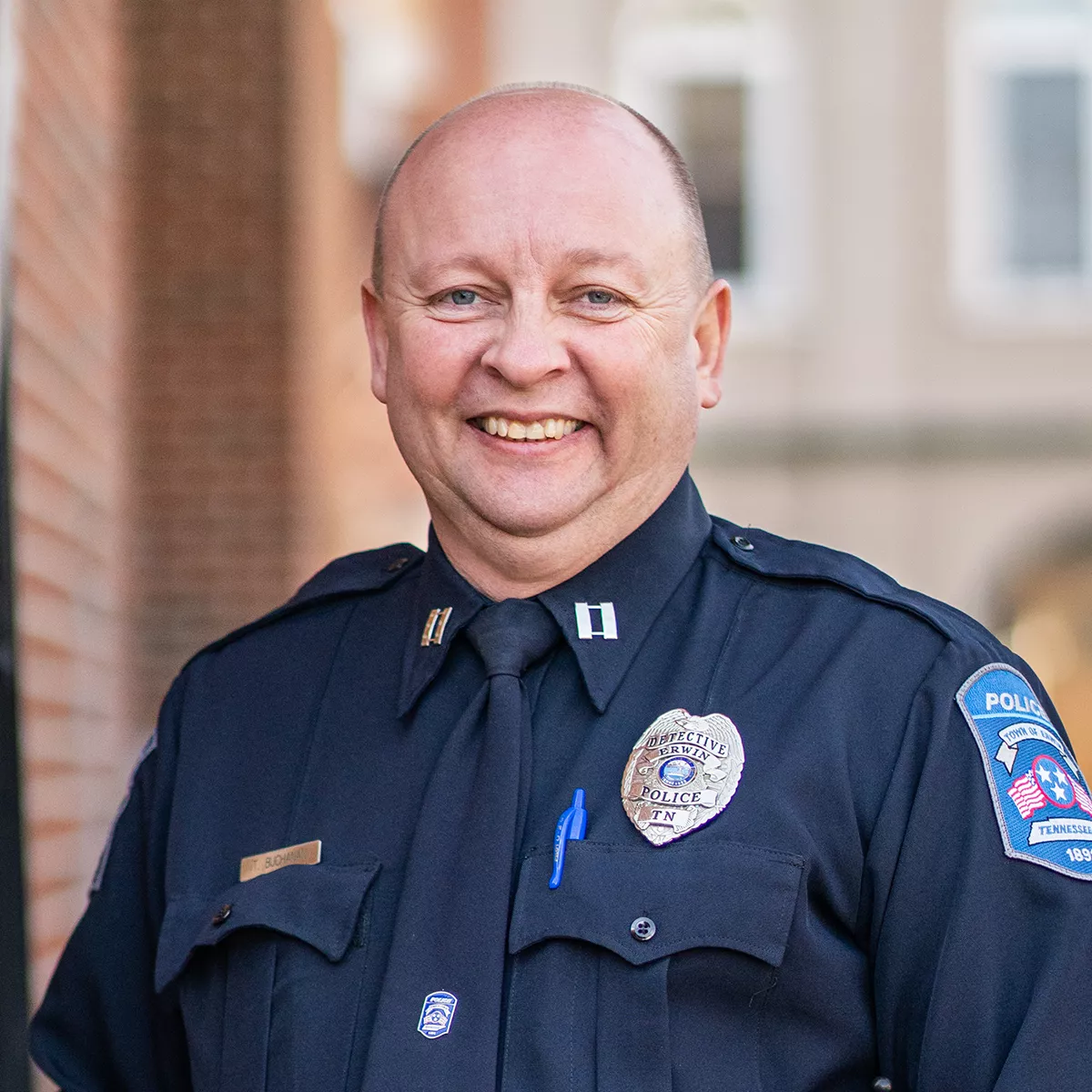Visit Vale Health Marketplace?
You are leaving balladhealth.org to visit Vale Health’s Wellness Marketplace.
Disclaimer: Ballad Health does not sponsor, endorse or recommend any product or resource listed in the marketplace.
A heart attack is a life-threatening medical emergency that requires immediate treatment. A heart attack, also known as a myocardial infarction, happens when the flow of blood that brings oxygen to a part of your heart muscle suddenly becomes blocked. If blood flow is not restored quickly, the heart muscle will begin to die due to lack of oxygen.
Heart attacks are very common. According to the Centers for Disease Control and Prevention, more than 800,000 people in the United States have a heart attack each year. A heart attack is not the same as cardiac arrest, which happens when your heart suddenly and unexpectedly stops beating. A heart attack can cause sudden cardiac arrest.
Most heart attacks are caused by coronary artery disease (CAD). Your age, lifestyle habits and other medical conditions can raise your risk of developing CAD and therefore of suffering a heart attack.
If you think you or someone else may be having a heart attack, call 9-1-1 right away. Acting fast can save your life.
The longer the heart goes without enough oxygen, the more damage is done to the heart muscle. Many people survive and live active, full lives after a heart attack. Getting help and treatment quickly can limit the damage to your heart.
Symptoms of a heart attack can differ widely from person to person and can be different between men and women. Not all heart attacks begin with the sudden and severe symptoms that come when the blood flow to the heart gets blocked. Heart attack symptoms can start slowly and be mild or they can be very severe and sudden. Symptoms also may come and go over several hours.
If you are having a heart attack, you may experience one or more of the symptoms below:
If you have previously had a heart attack, your symptoms may not be the same for another one.
Heart attacks can happen without any symptoms or with very mild symptoms. These are called silent heart attacks. Silent heart attacks are more common in older adults and in people who have high blood sugar or diabetes.
Any time you think you might be having a heart attack, do not ignore it. Call 9-1-1 for emergency medical care, even if you are not sure that you are having a heart attack.
Knowing the difference between stable angina (chest pain in people who have coronary artery disease) and a heart attack is important.
If you suspect your angina is becoming unstable or you may be having a heart attack, call 9-1-1.
The most common cause of a heart attack is coronary artery disease, which is the most common type of heart disease. This is when your coronary arteries cannot carry enough oxygen-rich blood to your heart muscle due to the buildup of plaque inside your arteries. The buildup of this plaque is called atherosclerosis. This can happen over many years and it can block blood flow to parts of your heart muscle. Plaques that narrow arteries slowly over time can cause angina.
Unpredictably, an area of plaque can break open inside your artery. This causes a blood clot to form on the plaque’s surface. If the clot becomes large enough, it can block blood flow to your heart. This is the most common form of an acute heart attack. If the blockage is not treated quickly, a part of your heart muscle can die.
Not all heart attacks are caused by blockages from atherosclerosis. When other heart and blood vessel conditions cause a heart attack, it is called myocardial infarction in the absence of obstructive coronary artery disease (MINOCA). MINOCA is more common in women, younger people and racial and ethnic minorities, including Black, Hispanic/Latino and Asian people.
Conditions that can cause MINOCA have different effects on the heart:
Other conditions may cause symptoms like a heart attack. Your doctors may or and review other test results to look for other causes of symptoms if an acute heart attack is ruled out.
Certain risk factors make it more likely that you will develop coronary artery disease and have a heart attack.
Lifestyle habits, such as:
If you have three or more of these conditions that raise your risk for heart disease, it is called metabolic syndrome. This greatly increases your risk of a heart attack.
Calling 9-1-1 for an ambulance and getting to the emergency room quickly if you suspect a heart attack is critical.
In addition, since disorders other than CAD can damage heart muscle, stress testing and CT imaging can better assess if the heart attack was truly due to blocked coronary arteries. Information gathered from such testing can be crucial in helping your doctor decide on the best treatment options for you, both in the emergency setting and for long term management.
Your doctor or emergency medical personnel may start treatment immediately if they confirm that you are having a heart attack. Early treatment to remove the blood clot or plaque can prevent or limit damage to your heart, preserve your heart’s strength so it works better, and save your life.
Preventing heart attacks involves managing risk factors through heart-healthy lifestyle changes, including a balanced diet, regular exercise, quitting smoking and controlling stress. Medications may also be prescribed to manage cholesterol, blood pressure and diabetes, or to prevent clot formation. Cardiac rehabilitation programs can support recovery by providing exercise training, education on heart health and counseling. Continuous monitoring and adherence to prescribed treatments are essential to prevent another heart attack and maintain a healthy heart.
Our extensive network of highly trained cardiologists, surgeons and advanced practice providers are here to support you and help you navigate a heart-related diagnosis.
Learn more about heart and vascular services at Ballad Health.
We understand that receiving a heart attack diagnosis can be overwhelming. Our goal is to alleviate your fears and help you to understand your condition.
We have an informational video library, education tools and heart-related FAQs so that you have the resources you need.




Our patients inspire us every day, and we’re honored when they trust us with their care. They tell their stories best, so we’ve gathered a few here to share with you.
Many of these patients received life-saving care for heart conditions when they weren’t experiencing any symptoms. These experiences have changed they way they look at their individual care and helped them see the importance of regular preventive screenings.